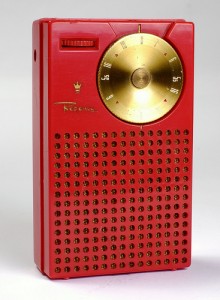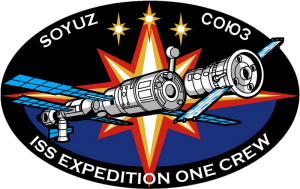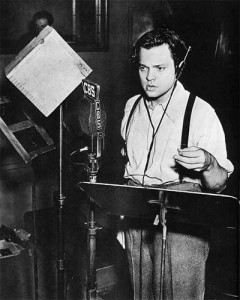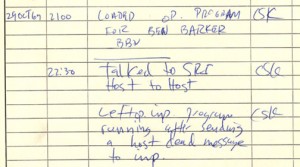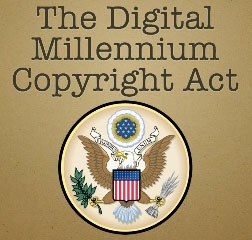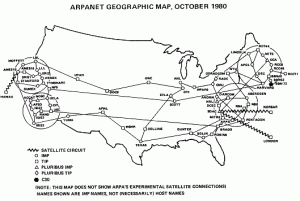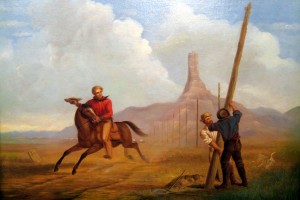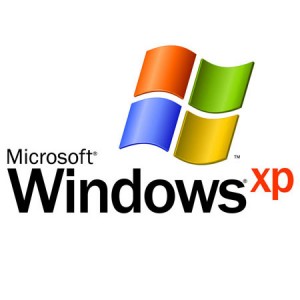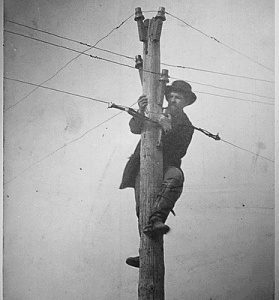First Transistor Radio Goes on Sale
The Industrial Development Engineering Associates company begins selling the Regency TR-1, the world’s first commercial transistor radio. Texas Instruments designed and developed the transistor technology who then partnered with IDEA to design and manufacturer the completed radio. The TR-1 sold over 100,000 units, ushering in the commercial transistor industry.
First Crew to International Space Station
Russia launches Soyuz TM-31, carrying the first crew to the International Space Station. The ISS has been continuously manned since this first mission.
War of the Worlds Scares Pants Off Nation
Orson Welles broadcasts his radio adaptation of The War of the Worlds, which reportedly caused panic among listeners who believed the theatrical presentation was a real news broadcast. Regardless of the actual levels of panic caused, The War of the Worlds is one of the most famous radio broadcasts in history.
First Message on the Internet
October 29, 1969
UCLA student Charley Kline attempts to transmit the text “login” to a computer at the Stanford Research Institute over the first link on the ARPANET, which was the precursor to the modern Internet. After the letters “l” and “o” are sent the system crashed, making the first message ever sent on the Internet “lo”. About an hour later, after recovering from the crash, the full text of “login” is successfully sent.
DMCA Signed into Law
US President Bill Clinton signs into law the Digital Millennium Copyright Act (DMCA). The law is intended to criminalize production and dissemination of technology designed to circumvent digital copyright protection (known as Digital Rights Management or DRM). However, the law has been very controversial, with accusations of abuse of the law to stifle innovation and competition.
First Major ARPANET Outage
October 27, 1980
The ARPANET, the precursor to the modern Internet, stops functioning for about four hours after the network’s routing tables are corrupted by a malfunctioning Interface Message Processor (IMP).
Pony Express Goes Bye-Bye
Only two days after the Transcontinental Telegraph line opened, the Pony Express ceases operation. Prior to the opening of the cross-country telegraph line, the Pony Express was the fastest way to send communication between St. Jospeph, Missouri and San Franscisco, California.
Windows XP Released
Microsoft releases the operating system Windows XP, the successor to both Windows 2000 and Windows ME. Designed to unify the Windows NT line and Windows 95 line of operating systems, Windows XP was not replaced by Microsoft until January 2007 with Windows Vista. However, with a nearly six-year run and the public debacle surrounding the release of Windows Vista, Windows XP remained the world’s most popular operating system until August 2012.
Last Flight of the Concorde
The Concorde supersonic jet makes its last commercial flight. While being able to cross the Atlantic in about 3.5 hours, low passenger numbers and rising maintenance costs made operating the Concorde unprofitable for British Airways and Air France.
First Transcontinental Telegraph Line
Western Union completes the first transcontinental telegraph line across the United States, making nearly instantaneous cross-country communication possible for the first time. Previously, it took ten days for a letter to be sent from Missouri to California via the Pony Express. Not coincidentally, two days later the Pony Express shut down operations.

